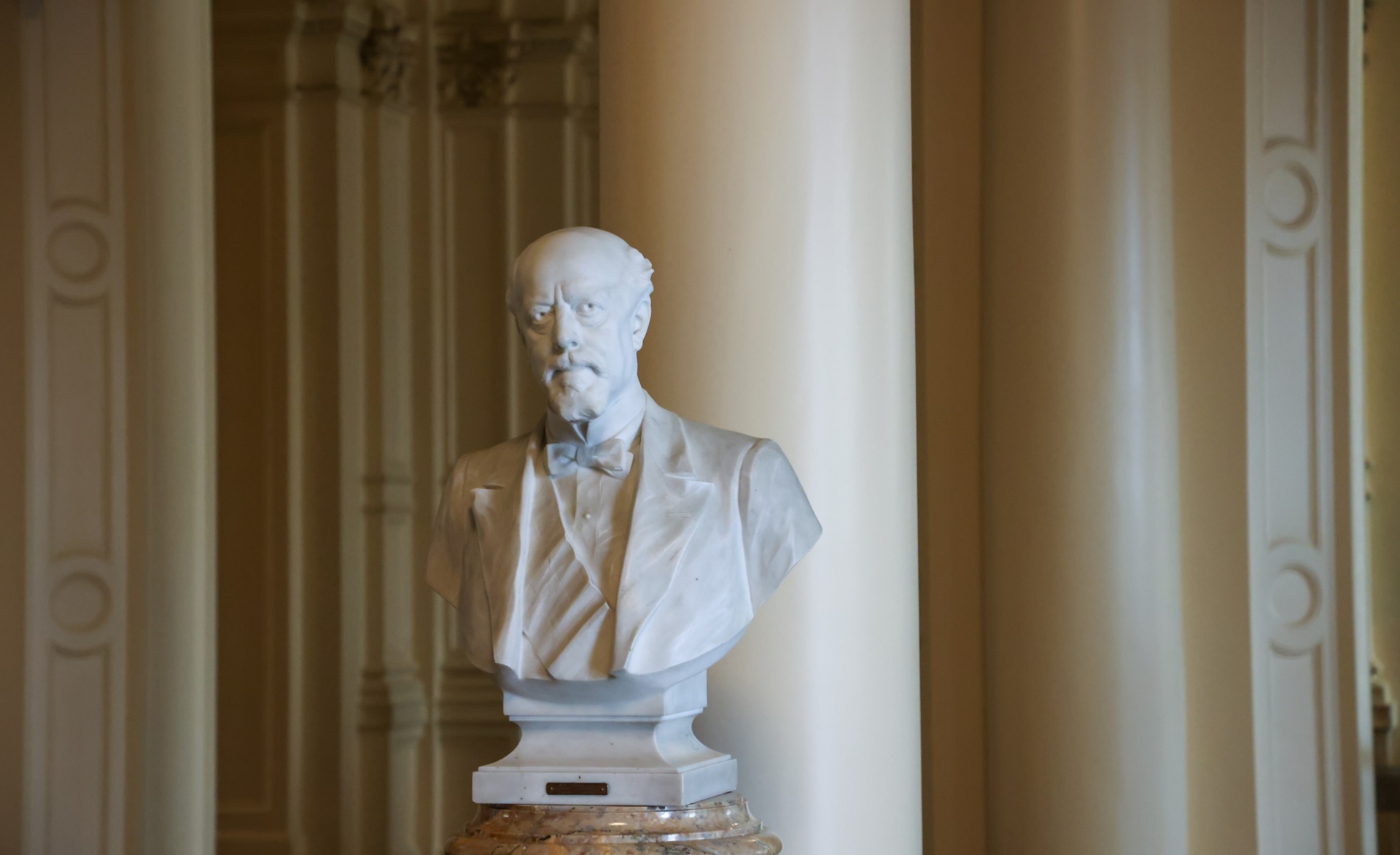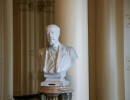On a day like today, Julio Argentino Roca was born in San Miguel de Tucumán. He was twice President of the Nation (1880 - 1886 and 1898 - 1904), and is remembered as one of the most outstanding statesmen in Argentine history. His life and political career were fundamental for the consolidation and modernisation of our country.
President Julio Argentino Roca was born on 17 July 1843, the third of nine children born to Agustina Paz and José Segundo Roca. His mother died when he was 12 years old, at which time he moved to the Colegio de Concepción del Uruguay, a prestigious institution of the Argentine Confederation. There, Roca excelled both academically and militarily, participating in the Battle of Cepeda at the age of 16, in defence of the Confederation against the State of Buenos Aires.
Roca's military career was extensive and remarkable. At the age of 31, he had already reached the rank of General of the Army. He participated in the War of the Triple Alliance against Paraguay and in various internal campaigns to combat federal rebellions. His concern for order and the professionalisation of the army led him to lead the Desert Campaign in 1879, which succeeded in consolidating the national territory and asserting Argentine sovereignty over Patagonia.
His leadership in this campaign and his vision of progress and order made him a strong presidential candidate. In 1880, he became president of the nation, backed by the National Autonomist Party (PAN). During his term of office, which lasted until 1886, Roca implemented a series of policies that transformed Argentina into a modern nation.
During his first presidency, Roca unified the Argentine monetary system and undertook an ambitious public works plan, which included the construction of ports, railways and public buildings, integrating the country into world trade. In the field of education, he continued the campaign initiated by Sarmiento to reduce illiteracy, promoting secular education and separating the state from the church. He also created new provinces and territories, such as Misiones, Formosa, Chaco, La Pampa, and others in the Patagonian region.
Roca returned to the Presidency in 1898, facing a transformed country with new social and political tensions. In his second term, he created the War College and the Military Port, and in foreign policy he signed the May Pacts with Chile, seeking to resolve border disputes peacefully. He implemented key reforms, such as the Richieri Law of compulsory conscription and the Law of Monetary Conversion, and made progress in the organisation of the army and navy.
Roca was a forger of the modern Argentine state and a defender of national sovereignty. His thinking, influenced by the Generation of the 1980s, promoted a liberal economic order and a strong, centralised state administration. He died on 19 October 1914 in Buenos Aires. His impact on the transformation of Argentina into a prosperous and modern nation is indisputable, as is his influence on the configuration of the state and national politics.
His presence in Casa Rosada
In the Hall of Honour, also known as the Hall of Busts of the Government House, there is a bust in homage to Julio Argentino Roca.
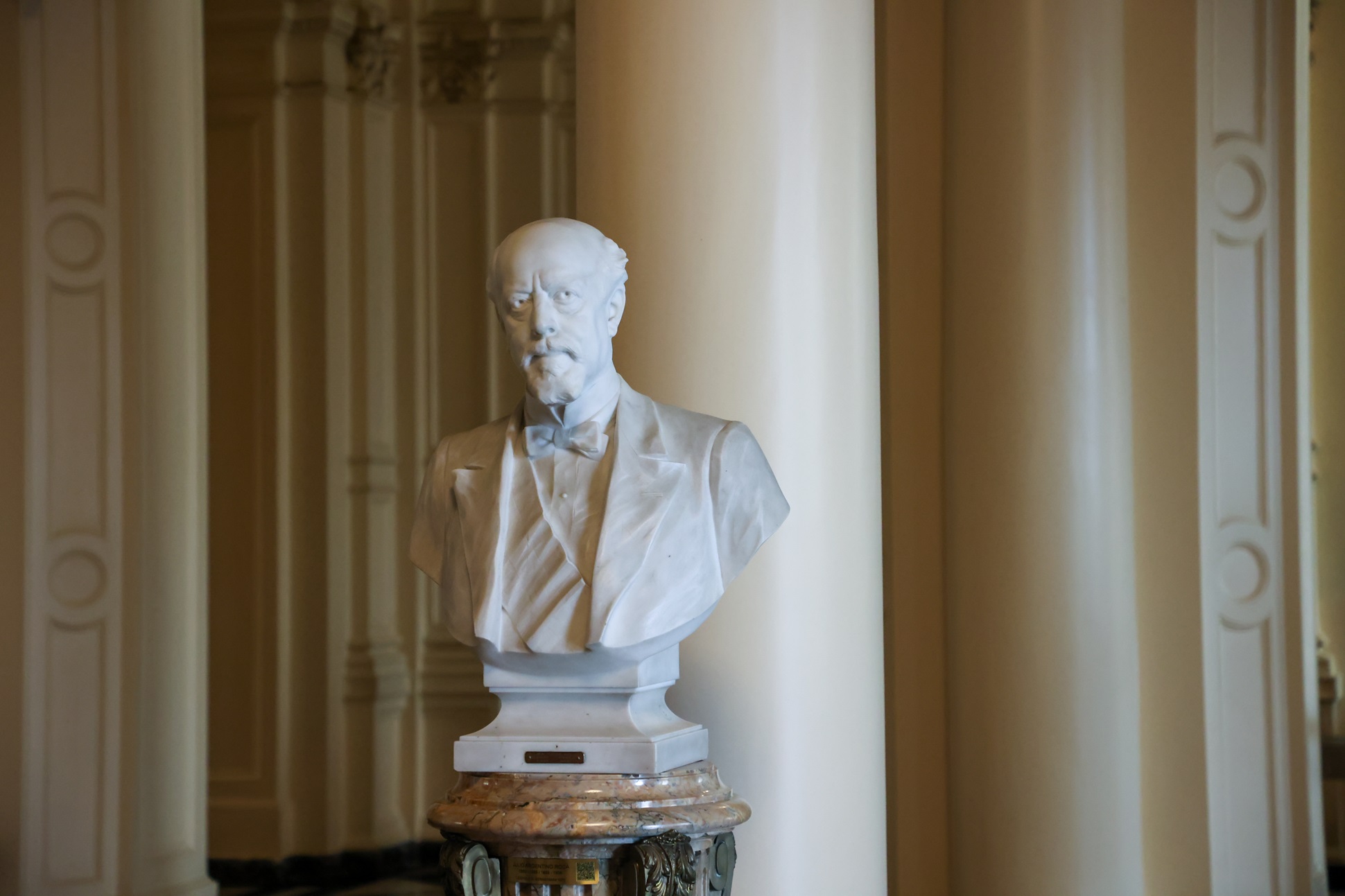
In addition, in the Hall of Heroes there is a painting highlighting his importance for our country.
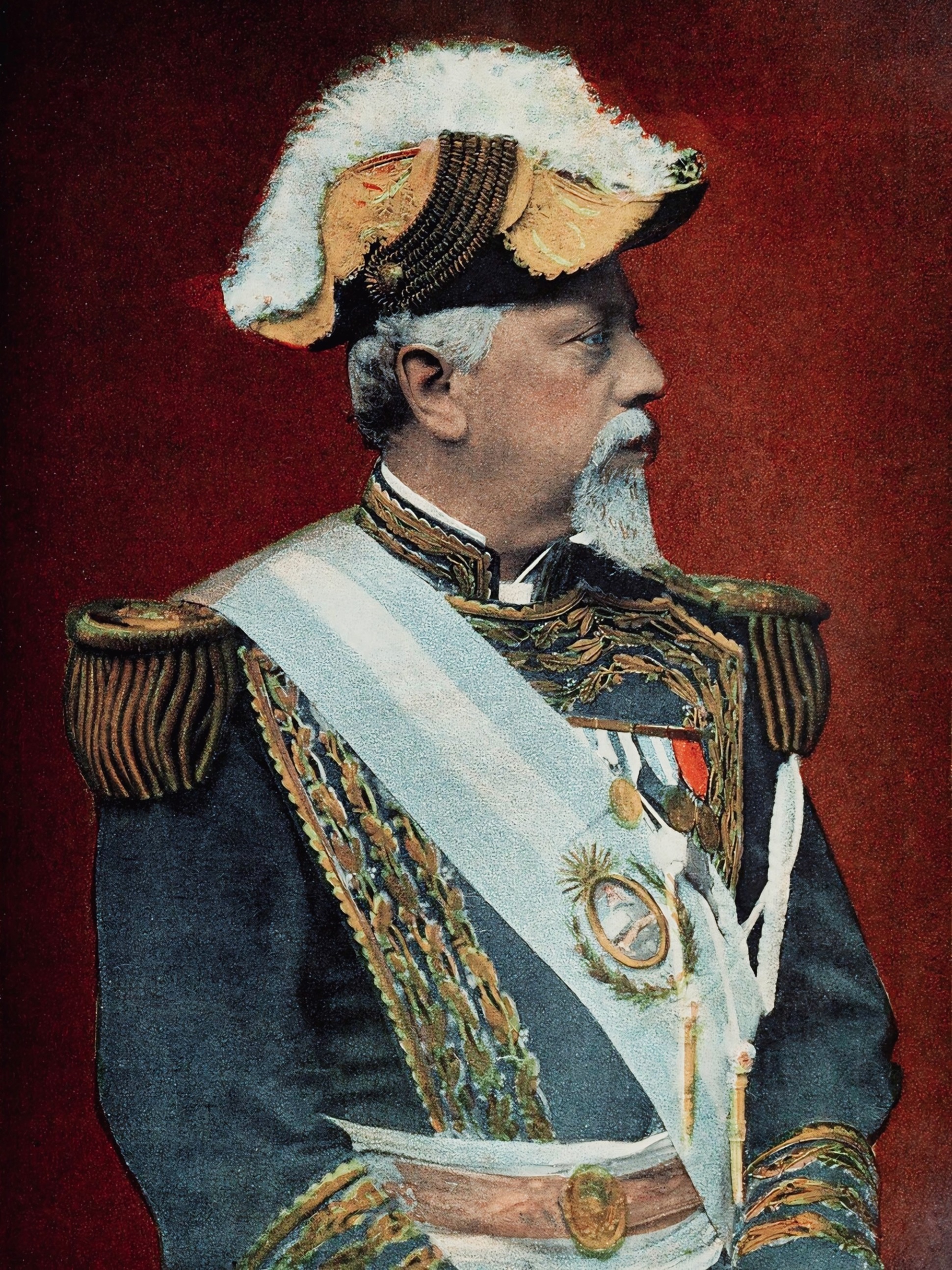
In the Casa Rosada Museum is the painting ‘Portrait of President Julio A. Roca’ painted in oil on canvas, 130 x 94 cm, made by Rafael Del Villar in 1937.
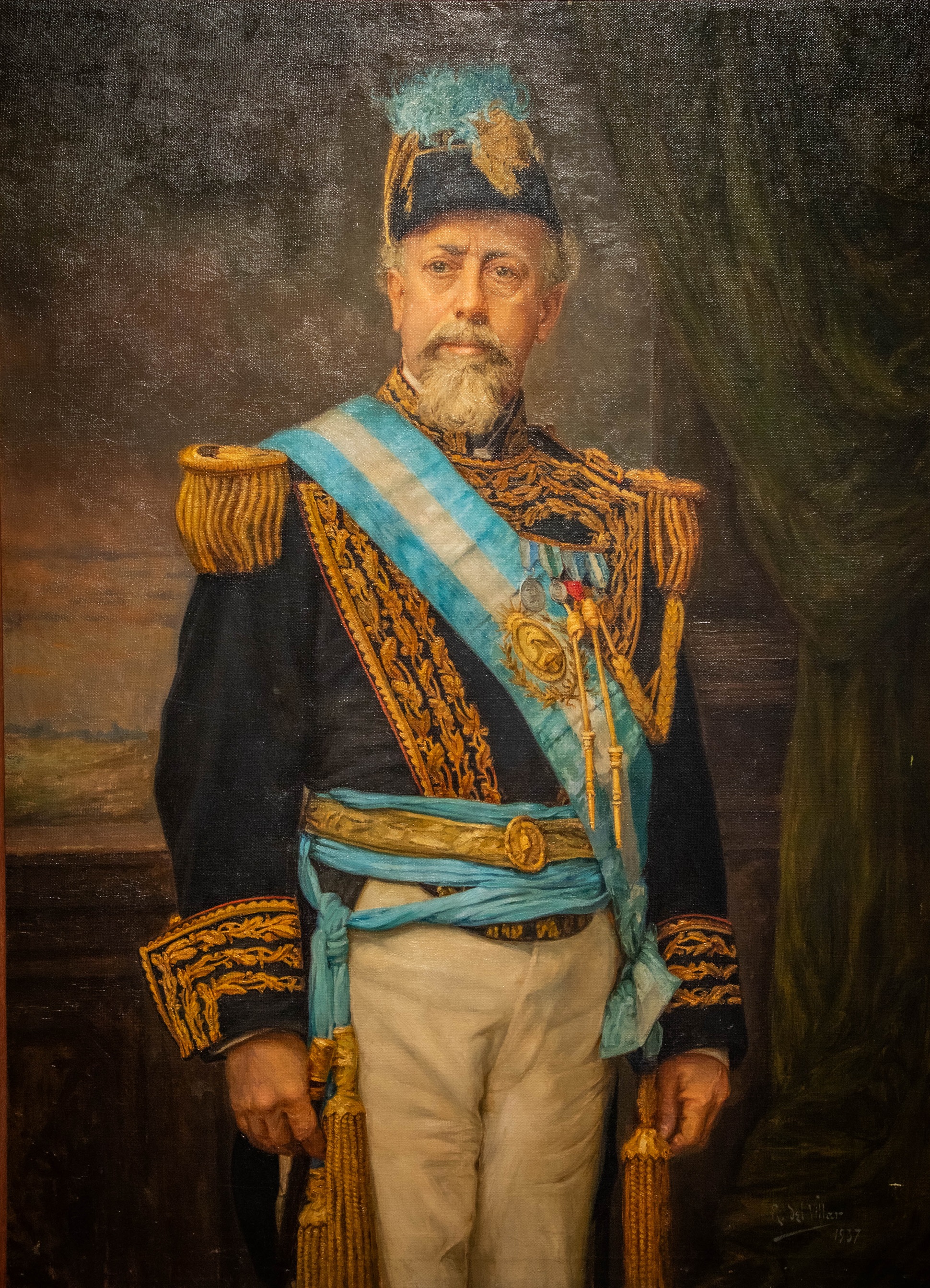
Also on display there is a travel kit of President Roca, a set of 42 pieces for personal care and grooming. Of English manufacture, it bears the J.A.R. monogram.
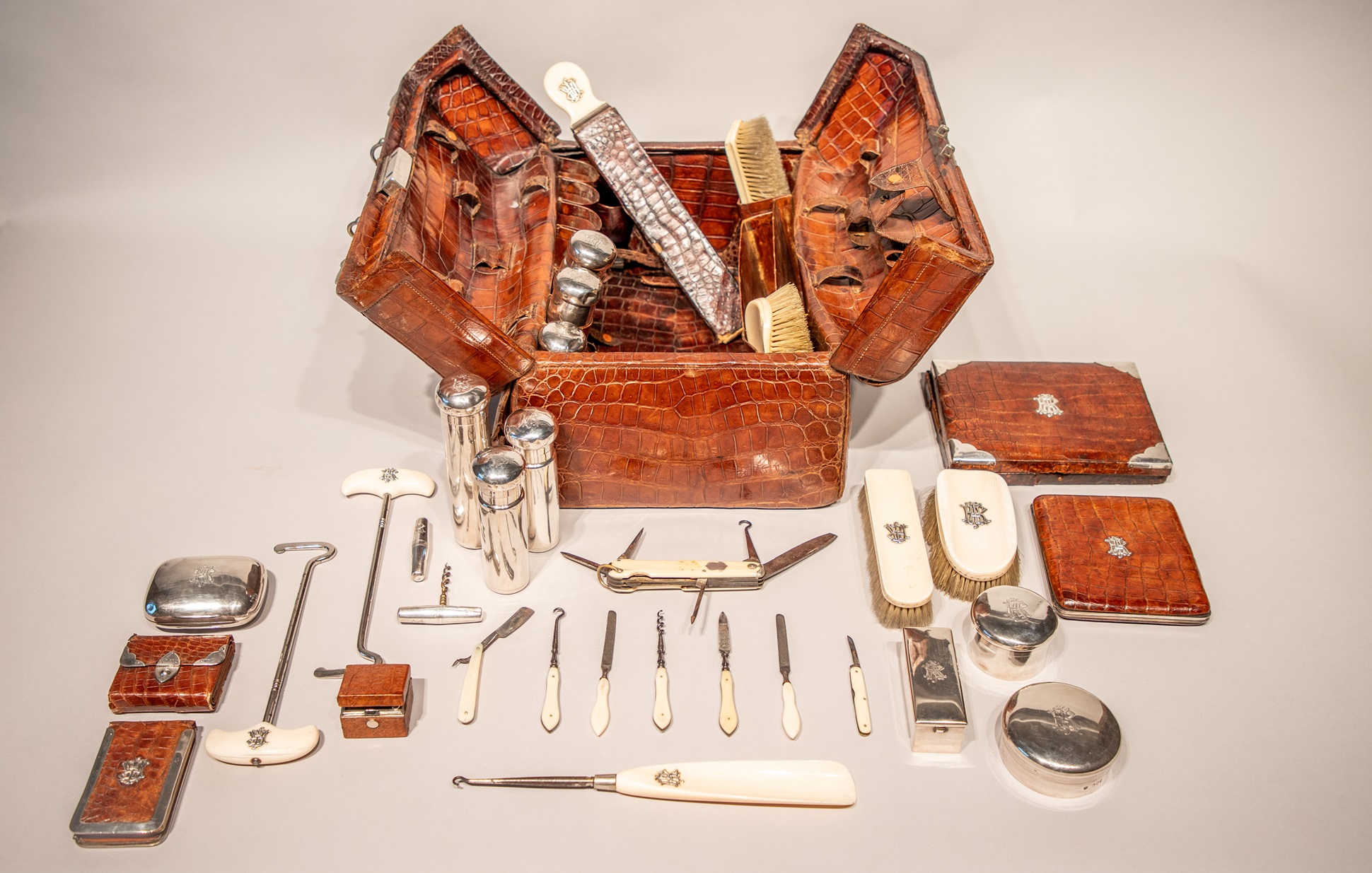
Julio Argentino Roca left an indelible mark on Argentine history. His efforts to consolidate the national territory, modernise the infrastructure and strengthen sovereignty and order transformed Argentina into one of the richest countries of its time. His role as a statesman and his impact on nation building make him one of the most influential and significant personalities in our history.
